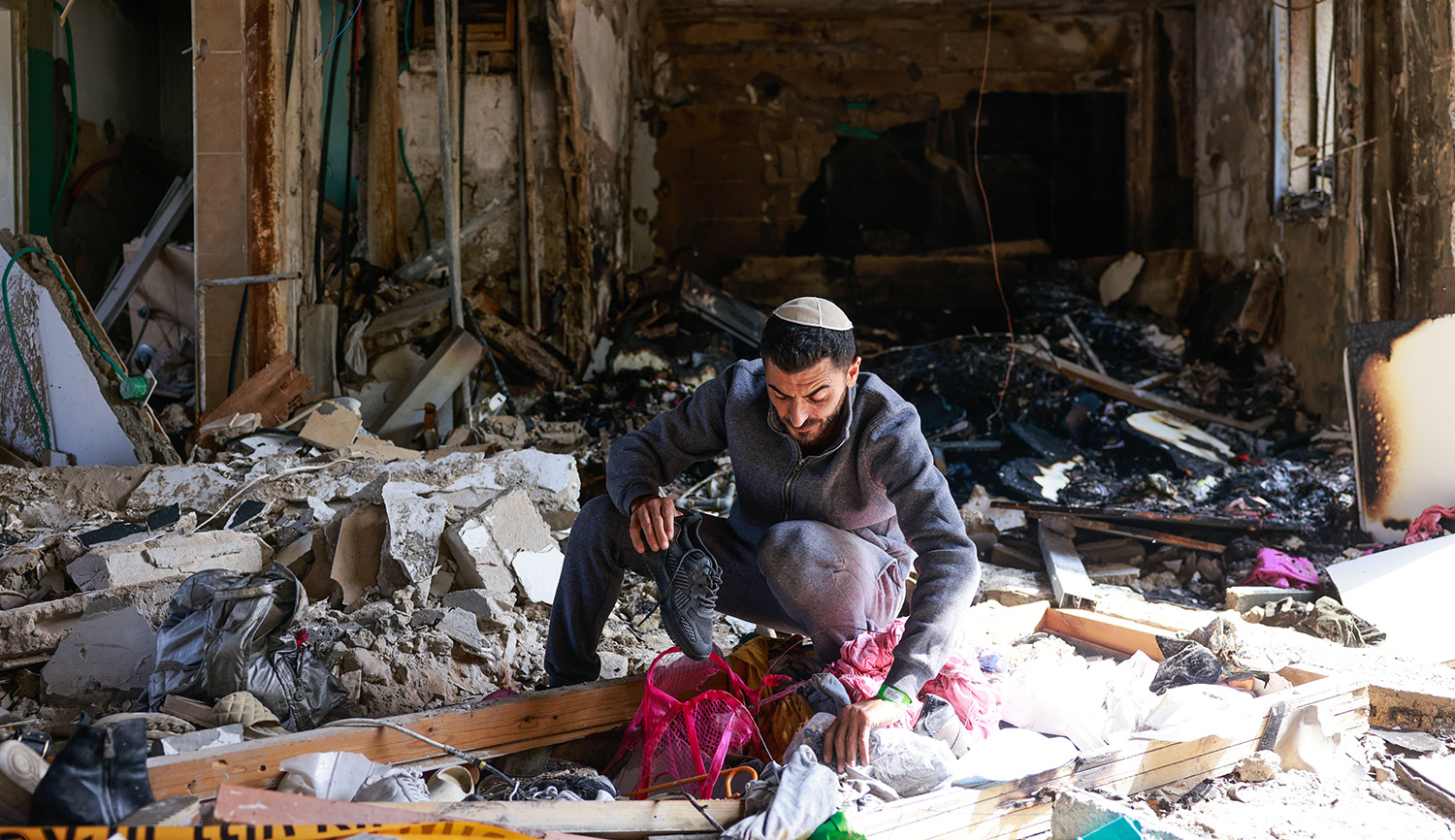Jews have lived in Portugal since at least the 5th century CE. In the late 15th century, the Jewish population peaked as thousands of Spanish Jews entered the country fleeing persecution and then the expulsion of 1492. Only five years later, the Portuguese king decreed that all his Jewish subjects had to be baptized, after which Judaism became illegal—leading to the relatively high number of crypto-Jews in the country. Laurence Julius describes the revival of the Jewish community in the city of Porto:
Over 300 years [after the forced conversion], Jews returned to Porto from the communities of North Africa. Records show there was a small Sephardi community in Porto in 1867. More familiar names appear, like Azulay, Amzalag, Benhanon, Cohen, and Ohayon. At the turn of the 20th century, there was an influx of Ashkenazi Jews from across Eastern Europe.
The community was reinvigorated by Arthur Carlos de Barros Basto, a former soldier who converted to Judaism in Tangier in 1920. His grandfather, on his death bed, had told him of his Jewish roots. Under Basto’s leadership, the community started the Jewish Community of Porto (CIP) in 1923. It focused on five issues: hospitals, Jewish instruction, Jewish observance, workers’ rights, and cemeteries.
In 1926, Basto joined with the Spanish and Portuguese Jewish community in London in a campaign to convert thousands of Marranos across Portugal to Judaism. In 1929, they began construction of the magnificent Kadoorie Mekor Haim Synagogue. It was completed in 1938, the last major synagogue built before World War II. During the war, Basto helped hundreds of Jews escape the Holocaust.
More about: Jewish history, Marranos, Portugal, Spanish Expulsion


